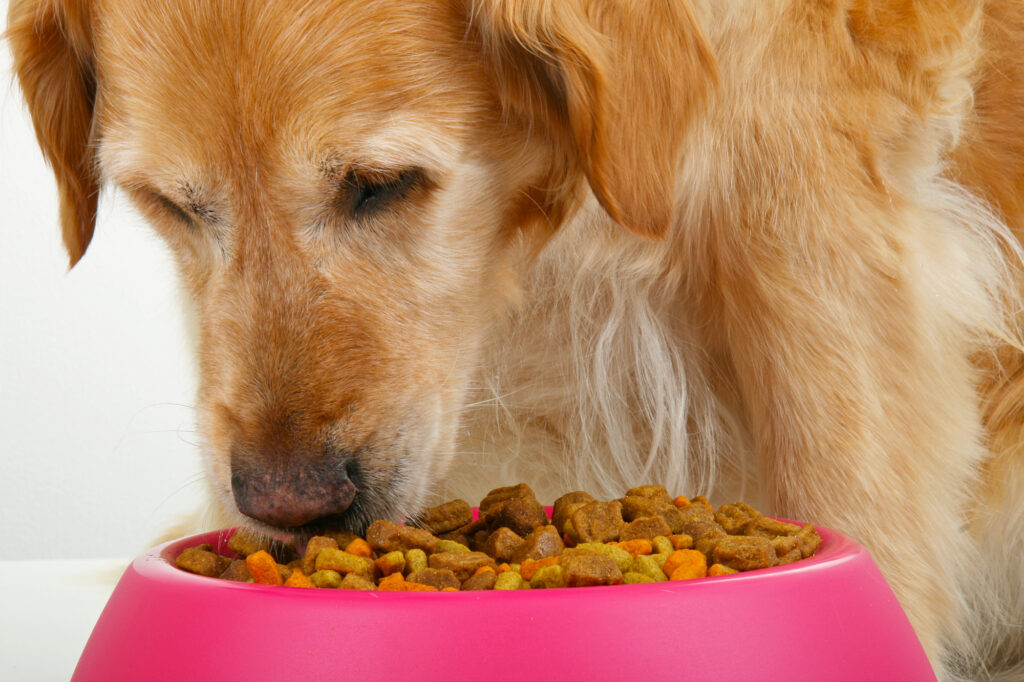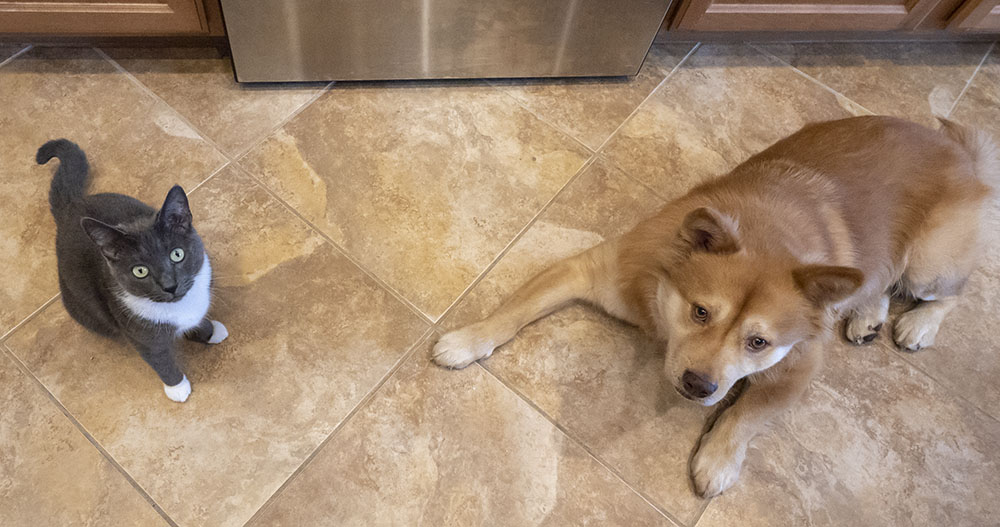Technology has become a part of almost every aspect of daily life, and now your canine companion can benefit from it, too. Advances in medical technology have helped to provide better treatment for dogs, and pet wearables can help dog owners keep a regular check on their pet’s health and whereabouts. It’s now even possible to use technology to feed and water your dog when you are not at home.
Dog trackers
Dog trackers are becoming more popular these days, as they are reliable devices that use GPS, WIFI, and cellular technology to deliver accurate tracking of your pet. These waterproof tracking collars are comfortable for your dog to wear and offer live tracking that can immediately pinpoint your dog’s location if it gets lost. Dog trackers also store your pet’s location history and enable you to find out if your pet is barking or not. You should not use tracking collars as a replacement for microchipping your pet and providing a good, visible ID tag.
LED and reflective dog accessories
When you need to walk your dog in the dark, make sure it can be clearly seen by motorists and cyclists. Flashing and reflective dog collars, leashes, and harnesses are the perfect addition to walks after dark and can help to keep your pet safe. Accessories that use LED lighting are a good choice, as the lights will not get hot against your pet’s skin and have a good lifespan. Reflective gear in the form of a dog coat can be a good addition to LED lighting, as it will help to make your dog even more visible. It may also be a good idea to wear reflective gear of your own when you’re out on dark walks with your dog to ensure that both you and your pet are clearly visible to others.
Pet cameras
Pet cameras are an effective way of keeping an eye on your dog when you are not at home and will help to give you some peace of mind. Interactive pet cameras enable you to interact with your pet while you are away from home via your smartphone or computer. You can also get cameras that are attached to a dog harness and fit comfortably around your dog. These clever cameras enable you to see the world through your dog’s eyes as they wander around from place to place. The harnesses come in various sizes that will accommodate all breeds from small to large.
Interactive feeding
Interactive pet feeders enable you to create a feeding regime to suit your pet’s individual needs and are perfect for when you are not around to feed your pet. These pet feeders can be operated via your smartphone or computer, and you will be alerted when your pet has been fed. Interactive pet feeders can also provide you with vital information on your dog’s calorie intake.
Interactive pet toys
Interactive pet toys offer your dog both physical and mental stimulation and therefore help to decrease anxiety and boredom. Interactive toys are also more likely to hold your dog’s attention by responding to your pet and encouraging it to participate in some way. Toys in this category include ball treat dispensers and puzzle food bowls.
Interactive pet doors
Interactive pet doors are far superior to dog and cat flaps, as they open sideways and are made from high-quality materials. The doors can be manually or electronically operated and installed in either a door or a wall. You can also customise your pet door to suit your individual needs by choosing from a selection of additional accessories.
Dog prosthetics
Advances in veterinary medicine have led to crippled dogs now being able to have artificial limbs fitted that can offer them an improved quality of life that they wouldn’t have been able to have in the past. 3D scanning and 3D printing technology can help to create a more detailed image of a limb and then make a precise model of it to ensure a perfect fit.
Conclusion
Even though technology can help to make your dog’s life more comfortable and give you more peace of mind, it’s important to remember to spend plenty of quality time with your pet. Dogs thrive on companionship and need human contact to build up a good relationship with their owners. Providing your dog with plenty of love and attention, mixed with a little modern technology, should enable it to have a long and happy life.


